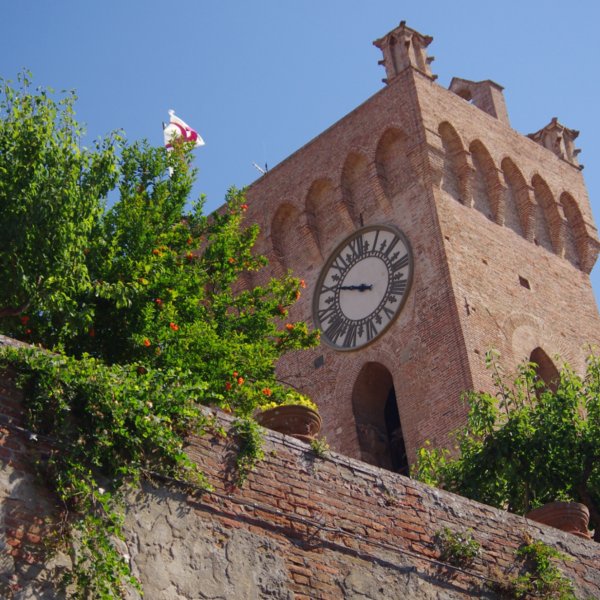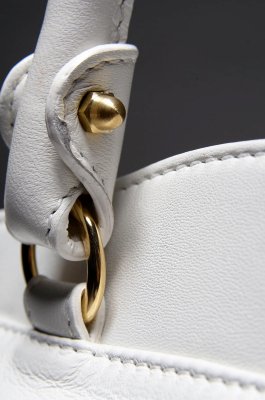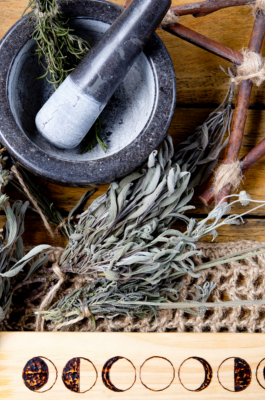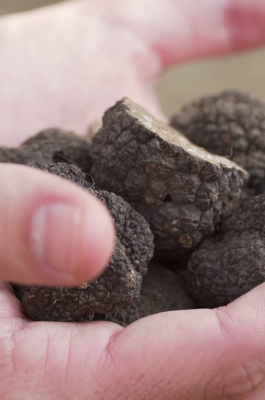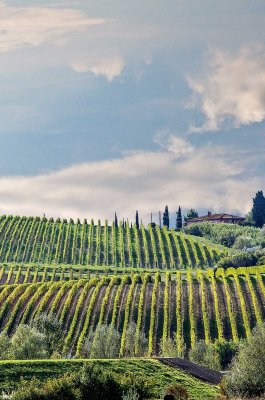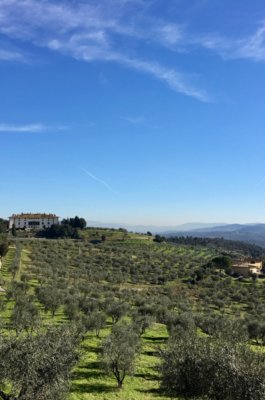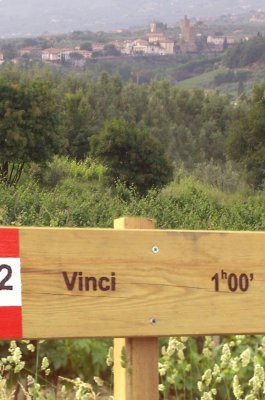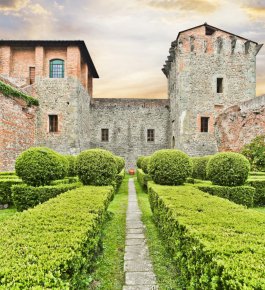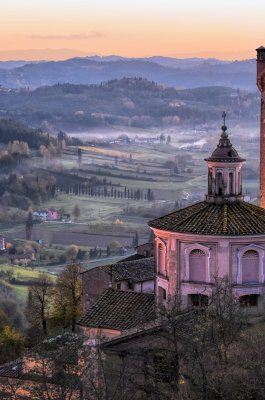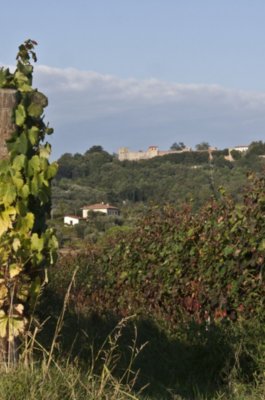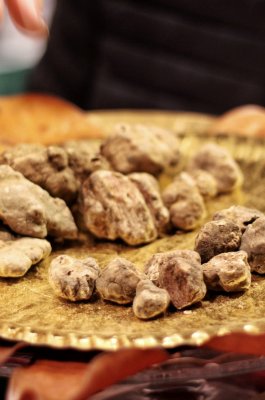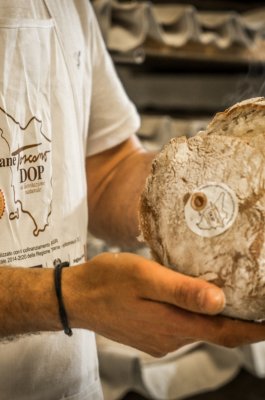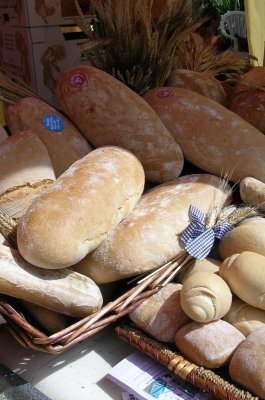Just under 18 miles (30 kilometers) in length and with a modest elevation gain, Stage 29 starts in Altopascio and runs along an original stone-paved road that has welcomed travelers, pilgrims and merchants for centuries. The route alternates between unpaved and sealed sections, crossing the natural area of the Cerbaie, rich in vegetation, leading to Ponte a Cappiano, where this ancient Medici bridge—once fortified—now houses a hostel. Past this area, you cross the Padule di Fucecchio, a vast reclaimed marshland. Next, the walk continues to Fucecchio and the Arno embankment, until reaching San Miniato, an ancient stop for Sigeric, Archbishop of Canterbury. Famous for its truffles and history, this place is represented by the Rocca di Federico II and the Torre di Matilde. Rest stops along the route are located in Chimenti, Galleno, Ponte a Cappiano and Fucecchio.
Sito ufficiale della Francigena Toscana ©2025
Scorri in basso per cambiare lingua





















